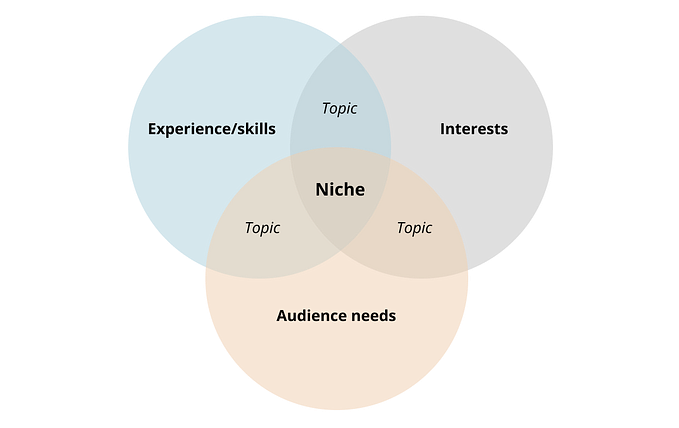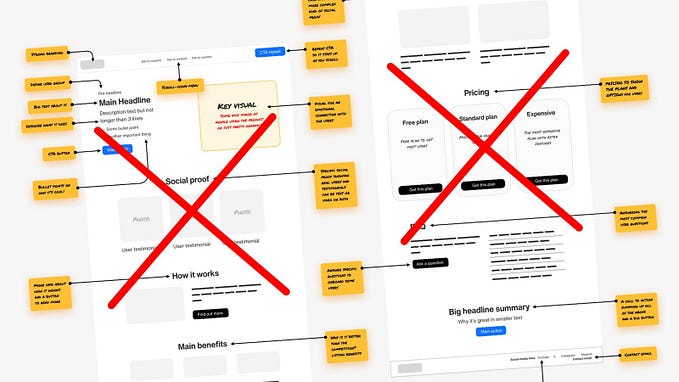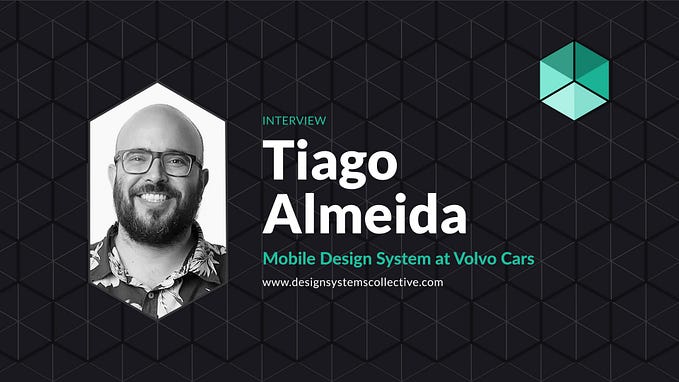Member-only story
Nudging as a professional design method
Can a designer still make ethical design when using nudging?
I’m sure you have heard about nudging, nudge design or nudge theory or something in that area. It’s a theory closely associated with behavioral economics and psychology and have had overlaps into design and is often seen in close relation to user experience design as well. The term “nudge” was popularized by behavioral economists Richard Thaler and Cass Sunstein in their book “Nudge: Improving Decisions About Health, Wealth, and Happiness”. Nudge theory has been widely spread into a lot of different fields, such as public policy, marketing, healthcare and design.
Let’s just quick frame what some of the key principles of nudge theory. We’ll dive into some of them even more later on.
Nudge theory includes:
- Choice Architecture: Designing the environment in which people make choices to influence their decisions.
- Default Effect: Leveraging the power of default options by setting a particular choice as the default, knowing that many people will stick with it rather than actively choosing an alternative.
- Framing: Presenting information in a way that highlights certain aspects or influences perceptions to steer decision-making in a desired direction.
Designing with nudging in mind
With nudging, one can design urban spaces in such a way that people’s behavior is influenced. We live in a modern society where more and more areas are designed based on a societal goal of improving conditions for citizens. Nudging should initially be designed to achieve the desired effect on the individual and on a societal level. So far, design has been closely linked to the practice of product design, which has changed significantly:
“Alongside every day and commercial use of design, the concept was also linked to the context of practices, actors, organizations, and objects, which together can be referred to as the design institution.” (Jensen 2005, p. 59)
From a professional standpoint, design is about working with durability and with a time perspective that includes a social intention, which the concept of nudging aligns with. As a…








